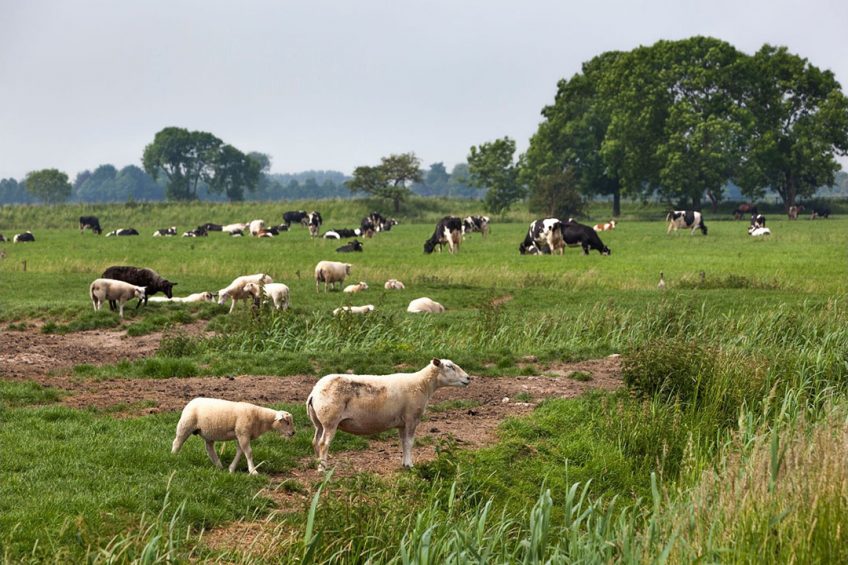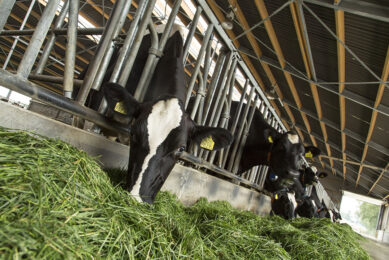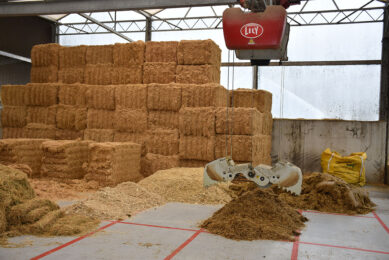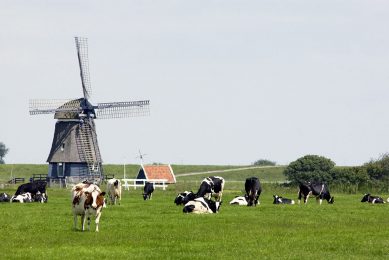Impact of poisonous plants on grazing animals

Poisonous plants rank high among the causes of animal production- and health problems.
In pastures infested with poisonous plants, there are also economic problems arising from the need for fencing, decreased forage utilisation, altered grazing systems, and supplemental feeding programs. Understanding the bionomics of infestation and the appropriate ways of dealing with the poisonous plants and the grazing animals is, therefore, key to avoiding many such problems.
Bionomics of poisoning
The following is an overview of the factors affecting plant poisoning, which are generally applied to most grazing conditions.
Plant factors
Plants do not fall readily into a poisonous and nonpoisonous group. Generally, plants would be poisonous only if eaten in sufficiently large quantities, and some of them may even be excellent forage when not eaten in too large quantities. A few species, such as hemlock, are, however, violently poisonous when eaten in small amounts or even when touched by animals. Some plants may lose their toxicity when dried, but others maintain their toxicity, thereby causing problems when harvested for haymaking.
Animal factors
Different kinds of animals vary in their susceptibility to poisoning from a particular plant because of variations in enzyme activity, absorption, metabolism, and/or the rate of clearance from the liver and kidney. For example, larkspur plants affect cattle but have little effect, if any, on sheep. Conversely, losses of sheep from lupine are sometimes very great, although cattle can eat it without remarkable ill effects. In general, animals which are in good condition are more resistant to intoxication than are animals which are in poor condition. The rate of consumption can also be crucial. When animals graze poisonous plants slowly, the toxin is diluted with other material in the GI tract and absorbed more slowly, allowing time for metabolism and excretion.
Soil factors
Some vegetation growing on soils high in molybdenum can become toxic. Molybdenum in forage can exert its effect on animals in 2 ways:
- The low levels can promote copper accumulation and the eventual development of symptoms of copper poisoning.
- The high levels cause depletion of copper reserves in the animal body and an ultimate copper deficiency.
It was also found that applying fertiliser to promote lush growth may promote poisoning and that herbicide treatments can increase the palatability of plants and hence increase the risk of poisoning.
Climatic factors
Weeds that accumulate nitrates such as crucifers and some other genera, can increase in toxicity after rainfall or on cool, cloudy mornings and evenings. Under these conditions, toxic weeds can sprout rapidly and become abnormally abundant.
Effects of poisonous plants on nutrient requirement of cattle
Many poisonous plants grow in pastures. Some of these plants, such as bracken fern (Pteridium aquilinium), may interfere with the nutrient required by cattle by the thiamin-destroying substances present in it.
Symptoms of poisoning, in this case, include:
- anorexia,
- depression,
- difficult respiration,
- nasal and rectal bleeding,
- morrhage of the mucosal membranes.
Cattle must graze considerable amounts of the bracken for 2-4 weeks to produce such toxic effects and can be treated with thiamin.
Poisonous plants impact on cow fertility
Ingestion of locoweeds (Astragalus and Oxytropis spp.) may cause reproductive problems such as lack of libido and decreased spermatogenesis in bulls, and suppressed oestrus in cows. Also, the calves produced in this case may develop a condition known as crooked-calf disease. The condition is characterised by malformation of legs, back, and neck, and often occurs when the dams ingest locoweeds between the 40th and 70thday of gestation.
Impact on the nervous systems of animals
Poisonous plants also include species such as larkspur (poisonous to cattle) and lupines (poisonous to sheep). Affected animals often show symptoms of nervousness, staggering, twitching muscles, and collapse or even die in severe cases.
Physical injuries
Other plants may cause mechanical injuries because of their physical properties, without being necessarily poisonous. These include plants with awns, barbs, or other parts that may penetrate the skin and/or the mucous membranes of the mouth, thereby causing sores that may become infected.
Perhaps the most important poisonous plants to be strictly avoided are those which have lethal effects on grazing animals (cattle and sheep) and hence cause substantial economic losses. Characteristics of these plants and their effects on animals are provided in Table 1.
Control measures to decrease probability of livestock poisoning
The following strategies can do much to decrease the probability of livestock poisoning by plants.
Livestock management
- Hungry animals should never be kept on, driven through, bedded in, or released into areas known to have toxic plants.
- Infested areas should be grazed by the proper livestock species – that is, the species that will be least affected by the plants present.
- Adequate amounts of protein and energy should be fed when needed. Deficiencies may cause livestock to ingest more toxic plants. Deficiencies in phosphorus or Vitamin A should also be avoided as they may cause abnormal appetites and increased consumption of toxic plants.
- An ample supply of water should be considered so that animals will not be induced to eat increased amounts of forage following water deprivation.
- Animals should not be moved hastily through an area where poisonous plants are present. Unhurried animals select a variety of forage and are less likely to consume poisonous plants in toxic quantities.
Grazing management
- A proper stocking rate should be used. If preferred forages are over-grazed, livestock seeks out the remaining forage, which may be toxic plants. This is a particular problem with highly intensive grazing systems.
- A few ‘toxic plant-free’ pastures may be used when other pastures are unsafe. Toxic plant control methods may be needed to create such pastures.
- The mass poisoning of livestock occurs mostly in areas where the animals are forced to feed on the toxic grass because there are no alternatives. With diverse plant species on pastures, animals can switch to other grasses and thereby avoid high toxin levels.
References are available from the author upon request.











